Healthcare costs account for more than 15 percent of the U.S. gross domestic product, and per capita healthcare spending is roughly double that of other major industrialized nations.
The country’s immense spending on healthcare is making health insurance increasingly unaffordable. It also threatens the nation’s ability to pay for the development of new treatments and technologies. Considering the fact that the performance of the U.S. healthcare system is not much better than that of other countries, it is clear that a substantial portion of the money spent on healthcare is unnecessary.
In most industries, competition and a number of other economic incentives act to reduce waste. Healthcare, however, is plagued by inefficiencies, and players in this industry have no motivation to economize.
Generous coverage insulates those lucky enough to have employer-provided health insurance from the true cost of medical care, even in cases where procedures and services are not even necessary. Insurance and medical uncertainties reduce price competition and, given the litigious nature of the U.S., promote excess in many different forms: overscreening, overtreatment, excess information gathering and storage, and an excessive use of and dependence on forms and burdensome processes.
Common challenges of paper-based systems
The healthcare industry has known for a long time that the current system of paper-based patient records is not sustainable. A typical hospital maintains close to 45 million individual paper documents, all of which must be stored and archived and be accessible to staff. To do this, many hospitals use storage facilities, often at substantial cost.
The push toward electronic patient records has led many hospitals to adopt digital solutions to information storage alongside the use of paper, but even then there can be issues with the deployment of these solutions.
Often, there is no integration with other health systems, and sometimes clinicians don’t actually use the systems. Delays in access to important information can lead to inefficiency — for example, repeated tests when previous results cannot be easily accessed or are not available in paper notes.
Even when medical documents are scanned, the original ones are often kept on hand for legal reasons, which does nothing to alleviate the document storage problem.
Although most of these inefficiencies stem from structural issues in the U.S. healthcare system, there are many areas where more localized steps can be taken regarding patient care. This means reducing costs and errors, streamlining processes, and improving coordination and overall healthcare outcomes. One of the most important areas is the use of electronic health records in place of paper ones.
Digital health records
The use of paper records, a lack of standardization in electronic medical records, and differences in the quality of medical data collected from patients can pose significant risks to patients’ well-being.
The inability to find the right information, in the right place, at the right time, can cause gaps in patient histories, which in turn can lead to adverse drug reactions, delayed care, and higher health costs. It can also lead to a lack of integration and collaboration between organizations and even between different departments within the same organization, causing lower levels of patient satisfaction.
Current electronic databases are only as good as the information they contain. Shortcomings in patient recall as well as staff decisions about what is and isn’t relevant to a record can limit the usefulness of those databases and even render them a significant liability.
The proper implementation of electronic systems that integrate hospital and patient records in a shared database for all healthcare workers has been shown to not only reduce healthcare costs but also improve patient health outcomes.
Electronic health records and electronic patient records
Electronic health records (EHRs) and electronic patient records (EPRs) provide healthcare service providers with digital access to important patient health information at the point of care, which results in numerous benefits, including
- More efficient access to patient information
- Lower paper, ink, and time costs
- Less time spent organizing troves of physical documents
EHRs and EPRs also improve patient experiences with healthcare organizations by removing the burdensome step of having to fill out numerous forms in the first place.
Implementation
In addition to EHRs, EPRs, and digital storage solutions for patient health records, there are a number of different ways that technology — and a move away from manual, paper-based recordkeeping — can reduce waste, save time, lower costs, and improve the organization of health records and data.
Automation
Nearly all paper-based documents can be converted to electronic documents. Digital forms can be used for consent forms, referrals, checklists, care guidelines, and more. This information can be collected and stored electronically, and relevant documents generated automatically.
E-forms
Patients want more convenient ways to provide their health information to healthcare service providers. One way to facilitate this is to enable patients to download forms, print them, and then bring them in the day of their appointment. However, doing this simply shifts the burden of filling out paperwork from the hospital to the patient.
Using smart e-forms that have electronic signature fields, image capture capabilities, data prefill functions, and guided navigation can completely digitize the process of providing health information. It can also reduce the time and errors associated with providing data to your healthcare provider via paper forms.
Improving point-of-care data access and retrieval
Paper forms and devices currently used to collect digital data, such as electronic signatures, don’t provide the best overall experience for patients and can create inconveniences for staff. It can be hard for patients to read and sign documents on a computer while they are lying in a hospital bed. If a patient can’t provide a digital signature, staff will have to stop what they are doing to track down the paper form, have the patient physically sign the document, and then scan it and manually archive it in a file or the EHR. A mobile experience is a must for patients and healthcare providers.
Delivering forms at the point of care more effectively is crucial to improving the patient experience and reducing the time required for proper documentation. Online forms would allow the staff to fill out medical documentation wherever they are via mobile devices, and collect patient signatures at the bedside. This improves the quality of care and ensures that documents are archived in the EHR and are accessible to the entire care team instantly.
Reducing error rates and improving compliance
Many facilities print and scan EHR documents manually. However, losing or improperly archiving documents is a risk that is too great to ignore, and manual scanning and processing can take anywhere from 12 to 36 hours. EHR solutions allow healthcare forms to be generated on demand, prefilled with all relevant patient information. Every second of a staff member’s time is valuable. With e-forms, staff won’t have to hunt for the latest version of a form. This will improve data standardization and decrease the time needed to access data.
Interdepartmental standardization
Different departments have different information needs, and they generally gather information in whatever manner suits them best. But when different departments have to work together and need to share information using different or unfamiliar forms and processes, information may be lost or difficult to find. A standardized EHR would do away with these problems and allow everyone to come together using one method to collect data; thereby improving interdepartmental collaboration.
Lower costs
Automation solutions cut the cost of paper, printer toner, scanning, and document storage by replacing paper-based, manual processes with digital ones. Hospitals can save thousands of dollars each year with the right solution. Furthermore, resources previously dedicated to document organization can be shifted to more valuable activities.
Organizations should move away from antiquated, manual data collection to automated forms and processes. The right digital solution can drastically reduce the costs of printing and storage. It can also reduce staff time spent gathering, locating, and sharing information, and reduce medical errors and delays that result from not having the right information available at the right time. By making it easier for patients to provide their medical history and other relevant data needed for their treatment, automated forms and processes improve the patient experience.








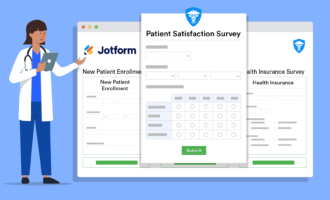




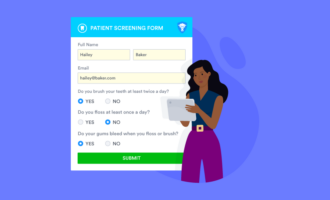





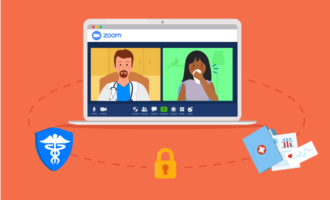










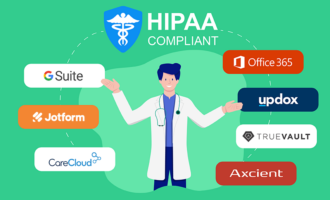

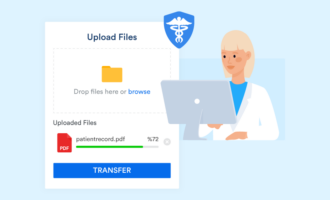
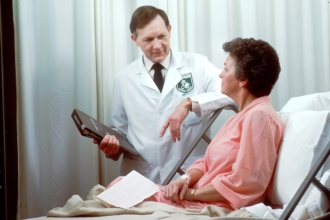




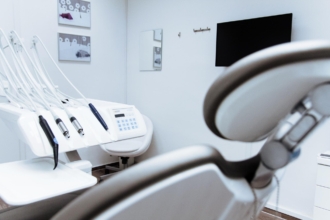








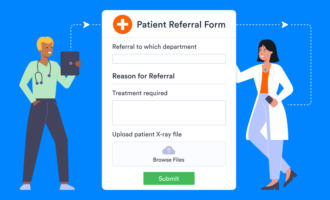















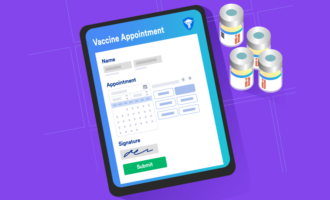

















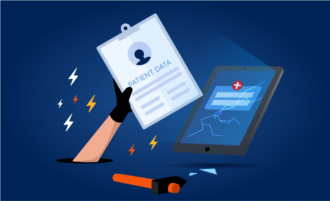




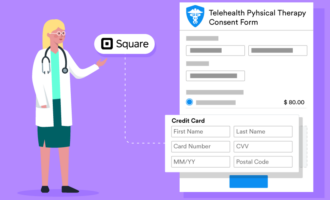





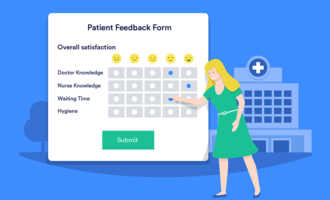





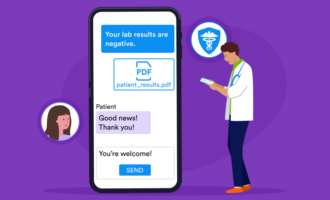



Send Comment: